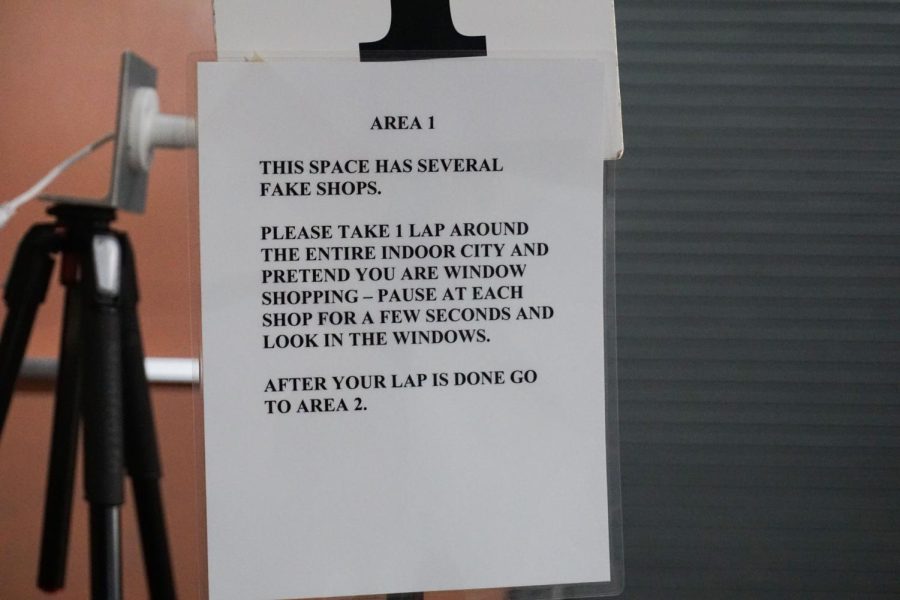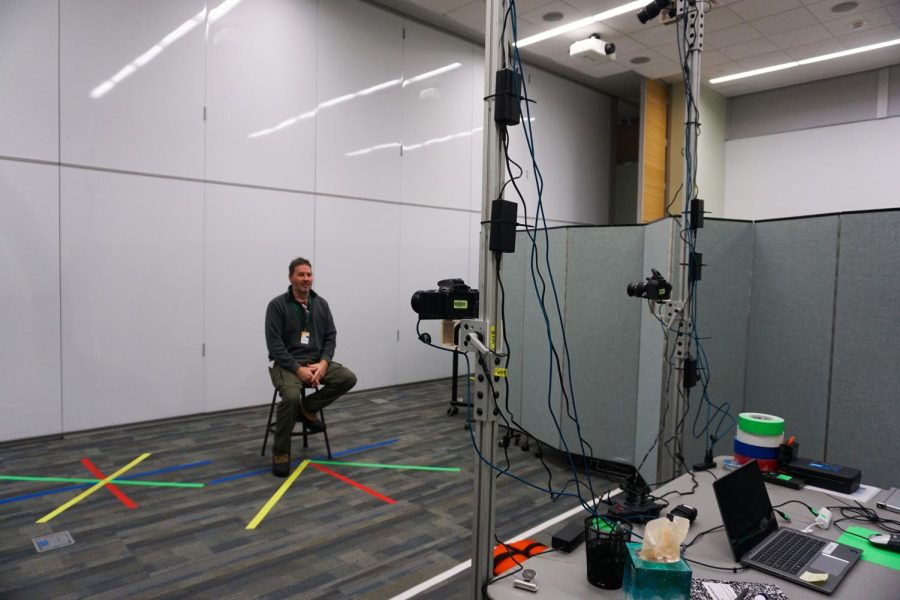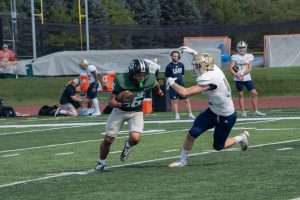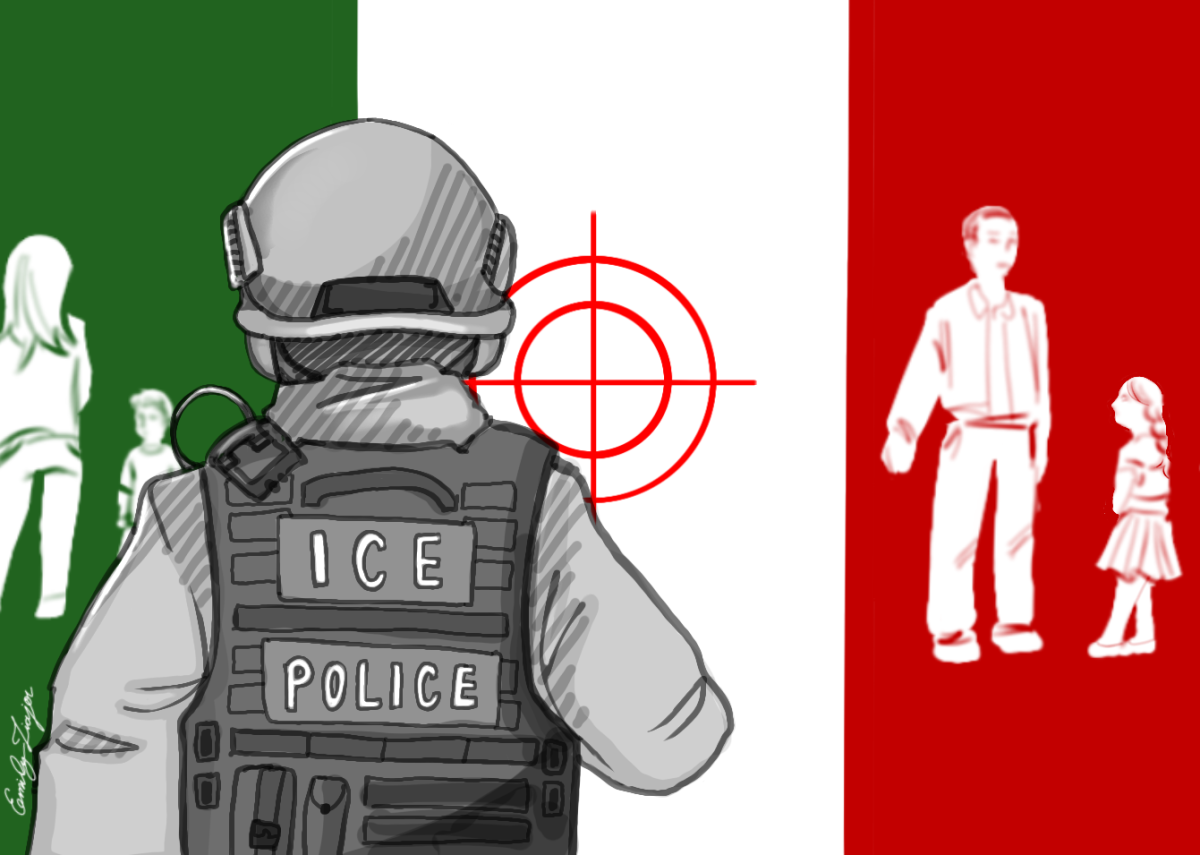National Lab Develops Face and Body Recognition Technology at COD
Researchers collected photo and video of volunteers to improve biometric identification systems for national intelligence.
January 30, 2023
Does your smartphone camera sometimes struggle to recognize your face a few inches away with Face ID? Imagine if you could be recognized in a video taken over half a mile away. Researchers from Oak Ridge National Laboratory (ORNL) in Tennessee spent the last three weeks on COD’s campus conducting a face and whole-body recognition study with the goal of developing technology with that ability.
As part of the Biometric Recognition and Identification at Altitude and Range (BRIAR) program, volunteers signed up or walked in on select dates in January to have photo and video taken of them in and around the Homeland Security Education Center (HEC). This would be used to develop face, gait and whole-body recognition algorithms.
Upon entering the HEC, volunteers were accompanied by lab employees who led them through the participation process. After signing a consent form, which gave an overview of the purpose of the program, described how volunteers’ data would be used and encouraged volunteers to ask questions to make an informed decision about whether to participate, volunteers were escorted by vehicle to the open field west of the HEC. Individuals followed instructions and walked in predetermined patterns, randomly and with different props, in an area surrounded by cameras and drones. Meanwhile, other volunteers waited their turn in a nearby trailer.
Volunteers completely or partially changed their outfits for the next phase in which written instructions were posted at multiple locations in the HEC’s full-scale, simulated indoor street scene. These instructions included removing and returning a box to the backseat of a car, entering the scene’s mock bank, purchasing and eating a snack with provided Monopoly game money, and optionally pairing up with another volunteer to walk a lap around the scene.
Lastly, in a different indoor setting with white walls, bright lighting and colored tape on the floor as guides, volunteers walked both in predetermined patterns and randomly like they did outdoors, then had a series of headshot-like photos taken of them, first wearing a neutral expression, then smiling. This step was performed once in the clothes worn outdoors and once in the clothes worn in the street scene.
Before leaving, volunteers who participated in both the outdoor and indoor portions of the process were compensated with $175 in Visa gift cards. Volunteers who participated in just the later indoor-only dates were compensated with a $75 Visa gift card.
The research study’s principal investigator is David Bolmer, who is also the inventor of a rifle-like camera for long distance face recognition. “The prototype is designed for the use of soldiers that have training as marksmen or snipers,” according to ORNL’s website.
As described in an official ORNL report, “The [U.S. Government] is approved to apply [biometric identification] as measures towards supporting counter-terrorism, protection of critical infrastructure and military forces, and border security.”
Another section of the report reads, “Despite these advantages, these systems are not without flaws, and they are not invulnerable to misuse. Without adequate controls, they can be used to violate privacy, infringe upon the civil liberties of law-abiding citizens, and suppress political opposition. Certain guiding principles must remain central to organizations and individuals developing and utilizing biometric tools, and these include compliance with all applicable laws, transparency and accountability, equity and objectivity, resiliency, scientific rigor, and the ultimate authority of human judgment.”
According to Co-Principal Investigator David Cornett, this BRIAR data collection at COD was the fourth in a series of eight. Locations are chosen with the intention of getting a variety of demographics and environmental conditions to help create a balanced dataset, Cornett explained. Cornett and Human Subject Testing Team Lead Leanne Thompson, who were at COD, have been present for every data collection in the years since ORNL began working on BRIAR.
BRIAR is sponsored by Intelligence Advanced Research Projects Activity (IARPA), a government agency within the Office of the Director of National Intelligence. Multiple research organizations and universities were given research contracts from IARPA to work on the program.
Lars Ericson, the IARPA program manager responsible for BRIAR, told the publication Nextgov in March that the goal of this research is to develop algorithms that will eventually be capable of accurately identifying individuals not only from challenging distances and altitudes, but that are not reliant on lighting, clothing, or an individual’s facial expression.
This explains the variety of conditions volunteers were photographed and recorded in.
The images collected are stored separate from name and contact information to make personal data difficult to associate with individuals. Volunteers could choose whether to allow their images to be used in presentations or be contacted about future studies.
The last BRIAR data collection at COD took place on Jan. 28. The ORNL team will continue collecting in four more to-be-determined locations across the USA.






















